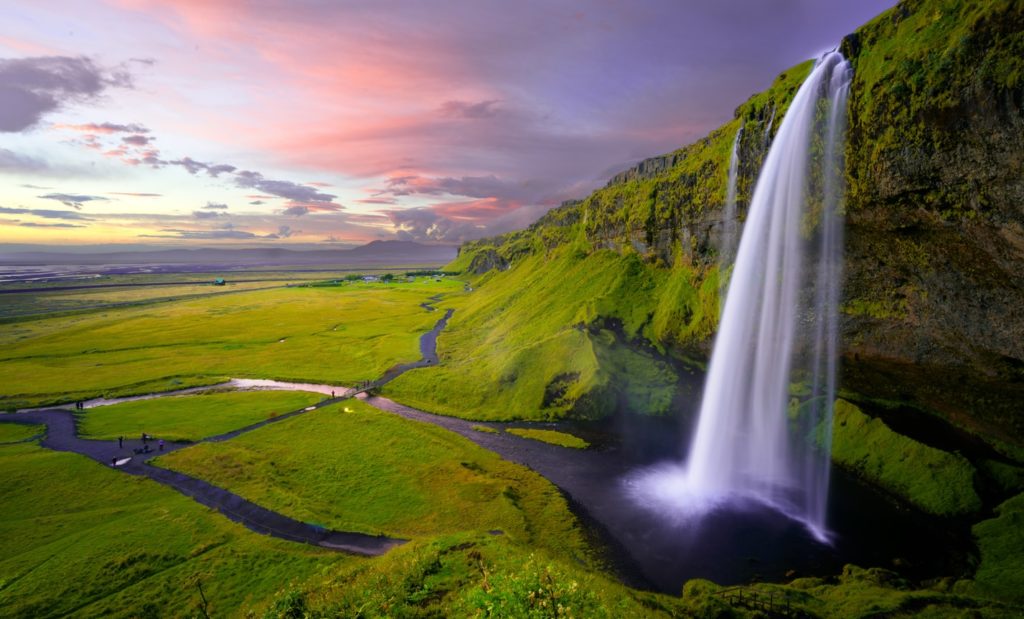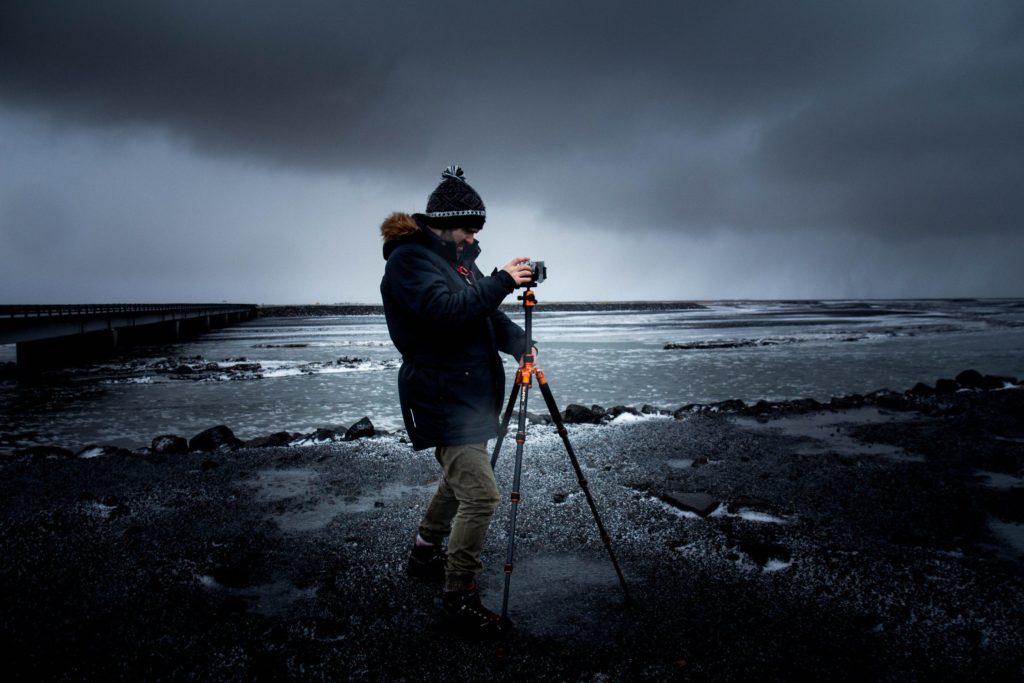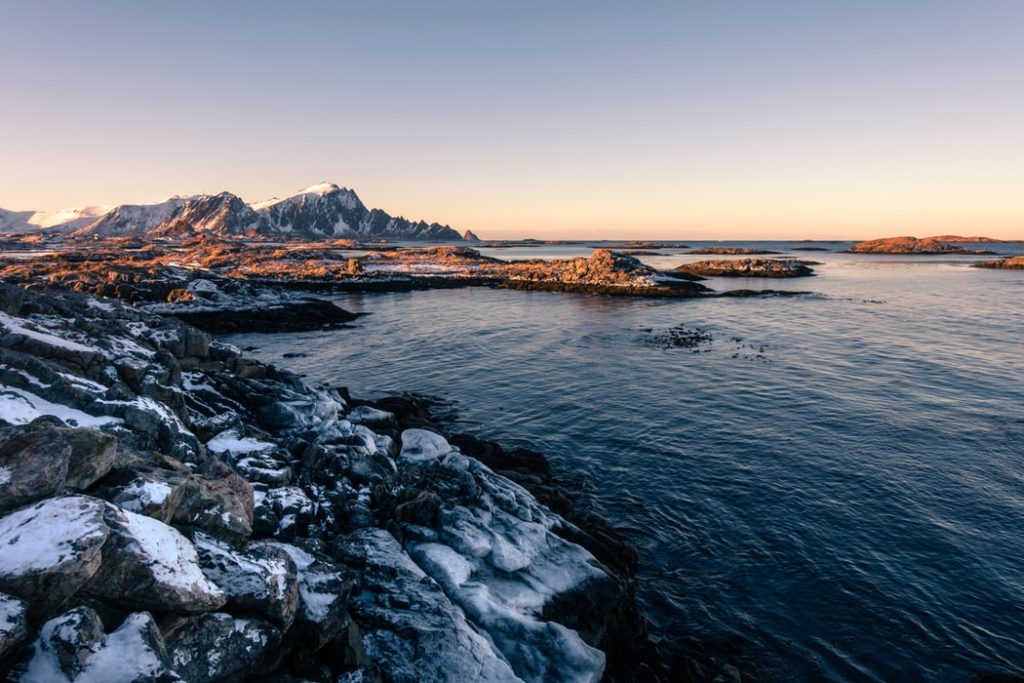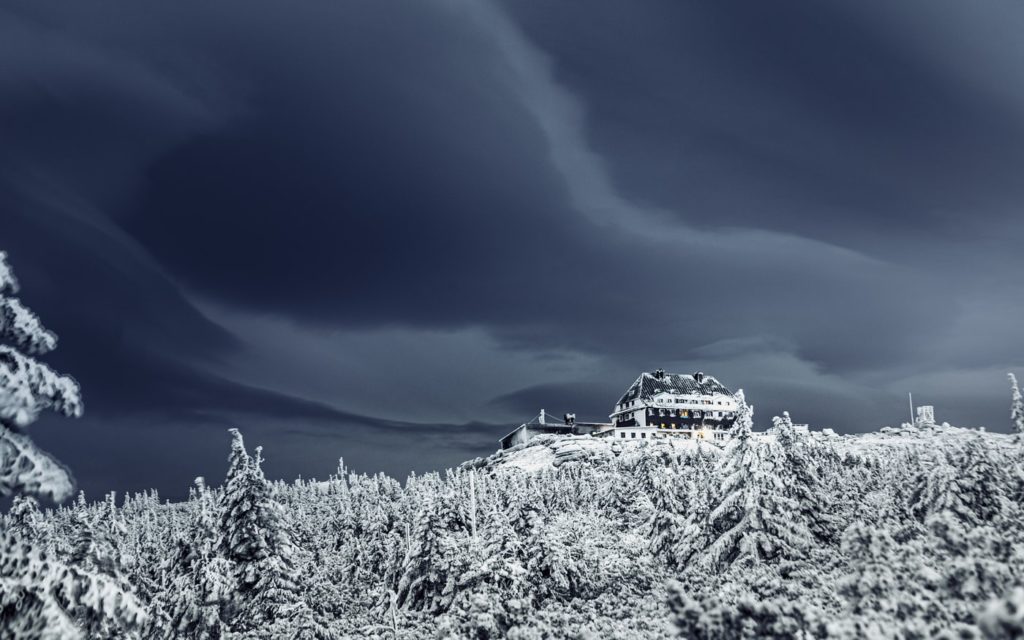Landscape photography mixes a love for nature with a passion for still images. You can feel a degree of “quality” in landscape photos when they have great composition, breathtaking exposure, and superb sharpness.
Today we'll talk about this last feature of great landscape photography, and it all reduces itself to focus.
Understanding how focus works inside a camera will make you a better landscape photographer after some real outdoorsy practice of course.

Good Practices
First thing's first, and it doesn't matter how good you are focusing if you can't ensure that your camera is perfectly still. Don't forget these tips and you'll get sharper landscape photographs every time:
1. Never forget a tripod
Seriously, if you do forget your tripod just don't turn your camera on, at least for landscape photos. It is quintessential for landscape photography to invest in a sturdy tripod. If you can kick some extra bucks, go for lightweight and portability, but not until you got the sturdiness factor covered.
2. Maneuvering the tripod
From handling the tripod to enhancing its sturdiness, knowing your way around the tripod will result in better images. Each tripod has its own goodies, some have more flexibility and some others can achieve some serious heights. Whatever you do with its legs and head, please remember to always keep your hands off of the tripod when shooting your frames.

3. Mirror Lockup
It is extremely likely that you'll be shooting long exposures when doing your landscape shots, so everything you can do in order to reduce vibration is highly welcomed. Locking your mirror will reduce vibration for sure.
4. Handsfree and strap-free shooting
It is important to reduce any vibration risk, and believe it or not, our clumsy fingers create a huge amount of vibration when pressing down the shutter button. It is necessary to always use a remote shutter (tethered or wireless) in order to reduce vibrations, and always set up your camera to timed shutter. Beyond that, if there are windy conditions, your strap will create turbulence and that will make your camera shake, so it is preferable to shoot without the strap.
5. Keeping it even sturdier
Some tripods come with a hook underneath. The purpose of this simple device is to serve as a weight hanger for sturdiness purposes.
All these could seem as exaggerated, but trust us, it isn't. Landscape photography is about patience and perfection, so everything should be covered when shooting a scene.

About focus
Besides clear interests in only focusing on foreground elements, great landscape photographs usually depict sharpness everywhere you look at them. It is important to know how to use your lens properly in order to focus on “everything” on the scene.
Manual Focus
Alright, this one is quite obvious but some people might not be aware of its importance. Manual focusing is the way to go when shooting still subjects, and landscape is one of those. You are the one in control of everything, even your lens' focus.
Hyperfocal Distance > Focusing to Infinity
Many people think that focusing to infinity is the best way to go when shooting landscapes, but they are wrong. Infinity is good if the horizon itself is your main point of interest, but that isn't the case in landscape photos. The main point of interest is EVERYTHING that is visible from the foreground to the horizon. That is why you shouldn't be focusing on the “horizon” when shooting landscape photos.
Hyperfocal is a term that sounds complex and is quite hard to understand, therefore many people have developed truly powerful apps that resolve the numeric confusion hyperfocal distance implies. Each lens has its own hyperfocal distance, and you can find it in the form of a scale on fixed lenses (especially on those from the film era). Hyperfocal distances mix aperture with distance in order to maximize sharpness across broad amounts of depth of field (DoF). Web based solutions like the one from Photo Pills or certain mobile apps makes this an easy task to perform.
The LiveView Method
Due to calibration issues, these apps may not work right perfectly for your camera. But don't worry, there is a more simple and practical way of achieving it correctly. This is called the Live View Method, and basically what you need to do is this:
- Turn your lens' focusing barrel until achieving the minimum focusing distance.
- Turn your live view mode on
- Press the preview depth of field button to trigger your lens' diaphragm
- Slowly focus until perfect sharpness is achieved
- Don't turn it further
- Seriously, don't
If this feels confusing, please watch this video by the Koldunov Brothers
Sharpness in landscape photography is better achieved via perfectly still shots summed with correct focusing techniques. We hope that after this brief article you have a better understanding about focusing and how it isn't that simple as you originally thought it was.
Please share your landscape photos with us at the forum, and if there are some images that you feel extremely proud of, share with them at the Shark Tank. We only want to enhance photography in general terms for everybody out there!
Further Reading:
Don't forget our wonderful resource page on Landscape Photography – we love that you can get all these resources in one place and we hope it helps you to become a great landscape photographer.
Further Learning:
Do check out Kent DuFault's The Complete Landscape Photography Guide. It is comprehensive in its training and the illustrations give you the visuals to help you grasp the concepts of great landscape photography. Better still are the assignments that help you put your learnings into practice.







6 Comments
Nice article. For optimum sharpness focus stacking can sometimes be better than hyperfocal depending on if subject moving causes an issue between frames. Vs. optimal focus vs. potential diffraction issues. I find this can be especially important if there are close foreground elements.
Given time, which usually is the case with landscape, I’ll do both and see what wins.
This was a really good article and i will have to do some more studying because i really don’t think my idea of what landscape photography is even comes close.
Just a note: for some reason i read everything and tend to notice things that need to be edited, was probably a proofreader in a previous life, hope you don’t mind my mentioning two things:
“1. Never forget a tripod
Seriously, if you forget your landscape just don’t turn your camera on, at least for landscape photos.” – when i read this i had to chuckle, i will try not to forget my landscape: also noticed
“Further Reading:
Don’t forget out wonder resource page” i think it should be – our wonderful
Thanks for your feedback, Dorothy! – the article is updated and definitely check out the landscape resource page…there is a lot of learning there 🙂
All well and good IF you own a camera with depth of field preview button and use a fixed lens with aperture control and distance markings. My Nikon d5300 and Tamron 16-300 zoom don’t work that way. Do these apps really work?
Bill, for what it is worth I never use DOF preview or Live View. I believe my photos are some of the sharpest landscape shots out there. You can view two of my pics on LS Landscape Forum right now. It does take attention to detail but can be achieved.
Hello,
while travelling i shoot a lot of landscape, with my old nikon D40x. Unless i am in very dark conditions, i never need long exposures. Can you direct me to explanation of why landscape photography needs long exposures? Maybe it’s only for print? I don’t print, my photos seem pretty ok to me, so i’d like to know what i’m missing?
thanks